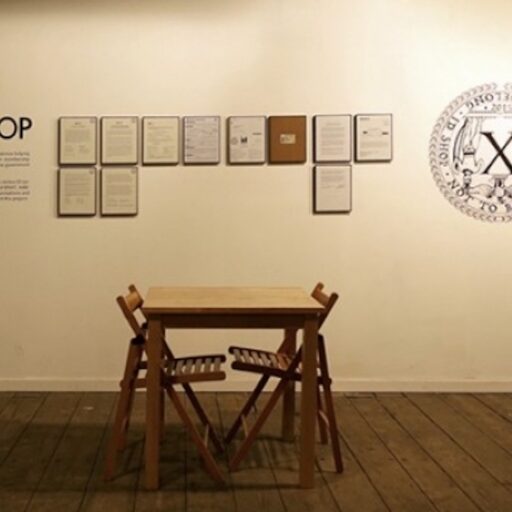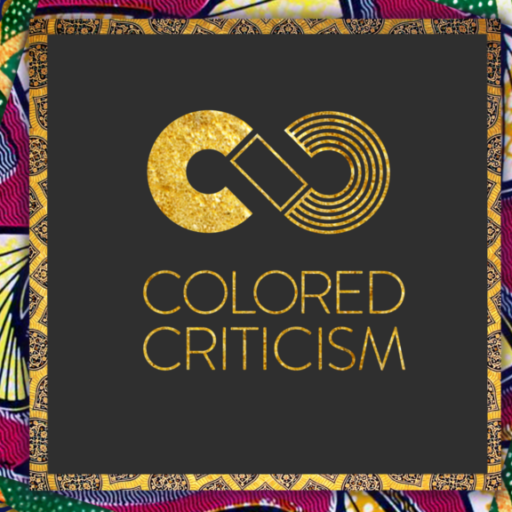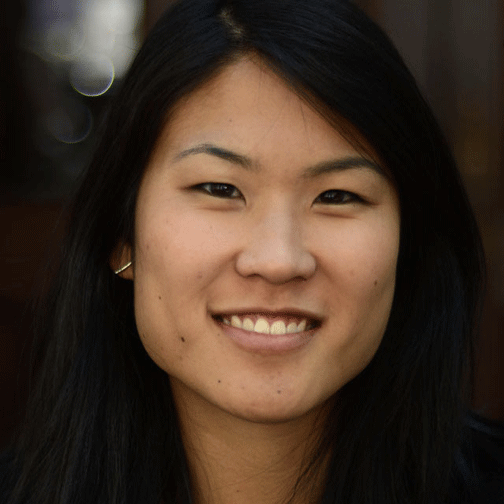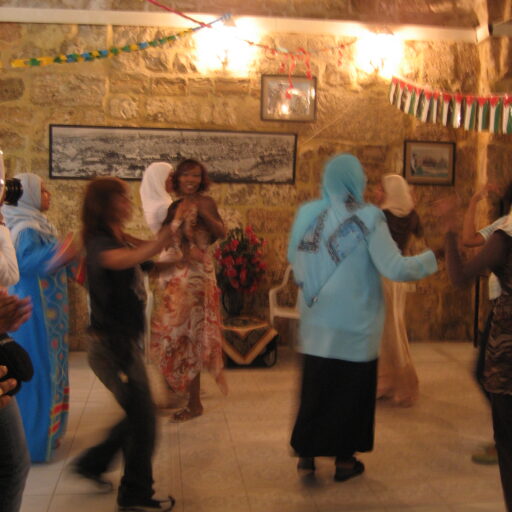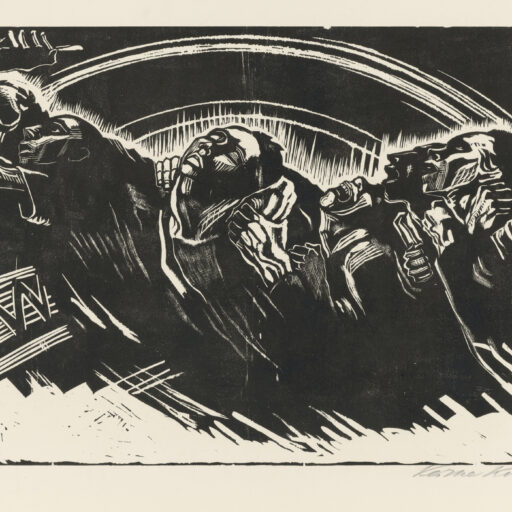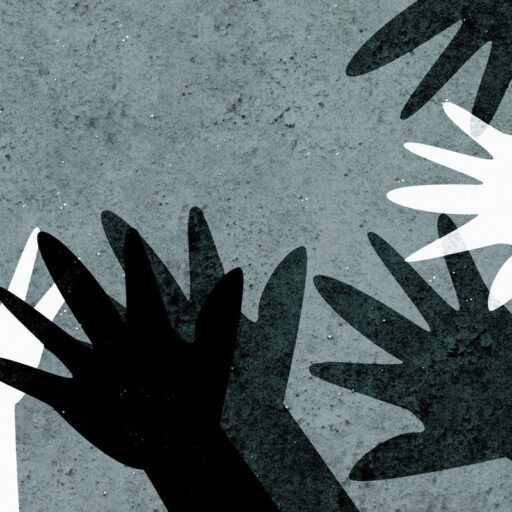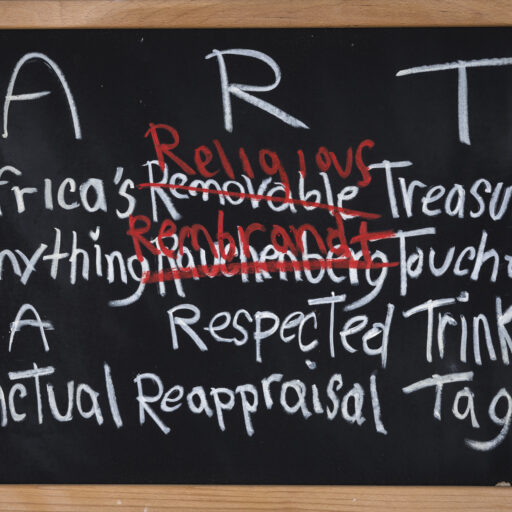We stand in active support of Asian American and Pacific Islander (AAPI) communities as we finish May. Our network is full of artists, activists, and advocates working in the anti-racist tradition. Artist Betty Yu and her Chinatown Arts Brigade collaborators were recently featured in the New York Times arts section. (Although the title is misleading – this work is not new for them!) You can learn more about CAB in this PBS segment, or revisit our ArtOffPause conversation last year. And there are so many AAPI stories still to be told and celebrated – I always enjoy the latest offerings from Asian American Writers Workshop. Their Black and Asian Feminist Solidarities project feels super comforting right now, and they have more upcoming events on deck.
This month is designated to celebrate AAPI culture, but is overshadowed by an increase in hate crimes. These communities deserve safety and respect, as all of our nation does. In particular, we recognize the still-fresh trauma of those who have lost their elders to violence in Atlanta, Indianapolis, and the San Francisco Bay Area. Extra credit: work on equity with donation-based training tools for your community or organization via educator Jaime Jin Lewis.
Yours in spring celebration,
Tiffany.
Image Credit: Sue Jeong Ka used “ID Shop, 2014-2018” as an intervention for immigrant youth without identification. Via the artist: “ID Shop operated as an artist liaison between queer homeless immigrant youths and art institutions to help them apply for IDs issued by the state government.” Being without papers is precarious in a world where documentation means access to services, education, and financial resources. Sue worked both conceptually and practically with this mobile citizenship pathway. Artists are often intervening between their people and the state.
Coming Soon!
Our #ArtOffPause artists, activists, and curators have been busy! Here are some things to look forward to:
- Kevin Seaman is offering queer arts community and workshops through Diamond Wave. More on their Summer series here!
- Tammy Johnson launched Creatives in Place, a listening project on 22 artists rooted in the Bay Area. There’s plenty of great art, work. and insights online.
- Smith Museum College of Art (SCMA) unveils “Amanda Williams: An Imposing Number of Times” across campus through 2022.
